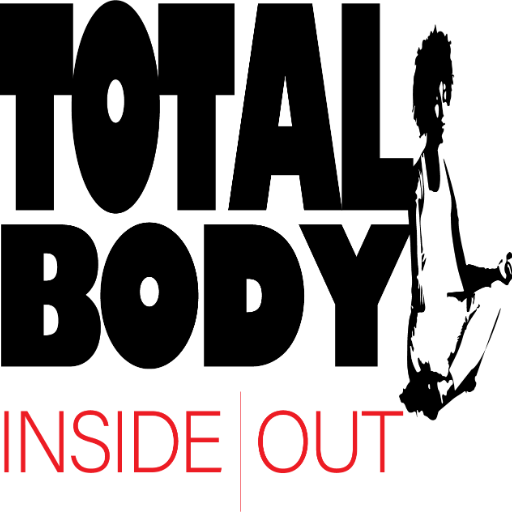
Driving on Autopilot
Have you ever arrived somewhere and realized you have no idea how you got there? You don’t remember the turns you took, or the lights you (hopefully) stopped at—you were just on autopilot. It’s a little unsettling, right? But it’s also a perfect metaphor for how many of us go through life.
That raises a powerful question: Are we really living… or just existing?
I’ve definitely caught myself going through the motions—doing things out of habit, without stopping to ask why. So many of us live like this, filling our days with routines and choices that don’t align with who we are or what we want.
But here’s the good news: it doesn’t have to be that way.
There’s a real difference between existing and living intentionally, and today, I’m sharing one simple way you can start making the shift.
The Invisible Thief of Intentionality
What is the primary reason that we are just living instead of living our best life? It’s one word that is so simple to point out, yet so challenging to control. ENERGY! That’s right, ladies! We are tired: physically, emotionally, mentally. We are wiped out! There have been times when I woke up in the morning after having a whole night of sleep, and it felt like I never slept at all! Has this ever happened to you? It is a horrible feeling to know that you will be running on fumes for the rest of the day.
Sometimes, lack of sleep can be the primary culprit for your low energy: late nights and early mornings, insomnia, or a racing mind can keep your mind in a brain fog all day. Emotional and mental exhaustion are just as dangerous for your well-being. Decision fatigue will have you spinning in circles, not knowing what to do. Holding too much space for others and letting go of your boundaries can leave you forgetting about yourself!
Physical, emotional, and mental drains can also team up to deliver an even more potent punch in siphoning your energy. Fear can team up with a lack of sleep. Decision fatigue can team up with anxiety and irritation, and frustration can team up with your “end-of-the-day self.”
These one-two combos will have you running on autopilot, shutting down all thought processes, and working in survival mode.

What It Means to Live Intentionally
Intentional living means understanding the why behind your actions. You don’t just act—you act on purpose.
Your choices reflect the person you say you want to be.
Creating daily rituals (and understanding how they support your values), setting boundaries—with yourself and others—mindful scheduling (so you don’t burn out), and journaling are all ways to practice intentional living.
Think about a pond that stands still for too long. It starts to smell, unwanted things gather, and the whole chemistry changes.
When you run on autopilot for too long, the same thing happens to your mind—it stagnates. You stop growing. You float through the day like a leaf in the wind, going wherever life takes you.
But when you walk purposefully and pause to reflect on what you’re doing and why, you pull yourself out of that mental stillness. You begin to move with clarity and direction. You start honoring yourself again.

The Shift: How to Move From Existing to Intentional Living
The first step to living intentionally isn’t a to-do list, a goal-setting worksheet, or even a vision board.
It’s rest.
Unapologetic, wholehearted rest.
No guilt. No shame.
It’s okay to choose peace over being right. It’s OK to slow down. It’s okay to change.
We’re not perfect—and we’re not meant to be.
Sometimes, the most intentional thing you can do is pause and say:
“I need time to myself. I’m tired—physically, emotionally, mentally. And right now, I need to rest. Maybe I need to sleep. Maybe I need to journal. Or walk. Or make a cup of tea and meditate. Or just be.”
Productivity in the Stillness
So again, are you living intentionally, or are you just existing? Do you need to rest, refresh, and restart? “ Sometimes self-care is as simple—and as powerful—as pausing, slowing down, or just saying no.” Take care of yourself 🫶🏾.

